
What started out as a quiet leisurely lunch of mountain mahogany leaves soon turned into the beginnings of a serious altercation between the two Bighorn rams. Tyrone and Lambrè usually the best of friends, were standing quietly as they normally did slowly finishing their lunch when Tyrone said “Your horns are looking sort of puny” just low enough that Lambrè wasn’t sure he heard him correctly.
“What did you say ?” Lambrè asked, “I didn’t quite catch that.”
“I said, you’re looking kind of puny, horn-wise. What, are you hard of hearing besides ugly”.
Lambrè gave him a slow sideways glance, considering his answer before replying “What is your problem Tyrone? You been hitting the Gypsum weed again. You know that stuff makes you say stupid stuff.”
In the same quiet voice Tyrone said ” I’m just saying I think you’re looking puny and I don’t believe you got a set of juevos to come up against me in the rut here this fall.”
“Tyrone, what are you getting all chesty for that’s two and a half months or more from now. You mean we gotta do this for another couple of months?”
There it starts, the trash talk that leads up to the full on battle between two Bighorn rams every fall when the rut starts. For those of you unfamiliar with the Rut that’s when the rams begin fighting with each other to determine who gets to mate with the females in the herd. It is a battle unmatched by other species except the Elk and Buffalo who do the same thing, fighting to assume supremacy for mating rights, and it can be deadly, though it usually isn’t, just embarrassing for the loser.
Most people are only aware of the actual battles where the rams stand off facing each other then lunge forward driving their heavy horns into the other rams head, with the idea of stunning their opponents or making them turn tail and run away, and not the verbal sparring that goes on during the last weeks of summer while the rams attempt to psych out their opponents. When this event takes place the actual collision of the two animals meeting sounds like a gunshot and can be heard throughout the countryside. Rarely but not unheard of, sometimes an opponent is pushed over the side of a cliff or down a ravine breaking a leg or a neck and of course losing his mating rights along with his life.
The Rut is the most serious event in a Bighorn rams life and it is why everything is fair game as far as psyching out his opponent. Anything can be said and is, to gain that last little edge of advantage. Which is why we hear Tyrone saying to Lambrè just as quietly as before “Hey Lambrè, Yo Mama….” and we all know where that’s going. You may see a preview of the rut before it even starts.

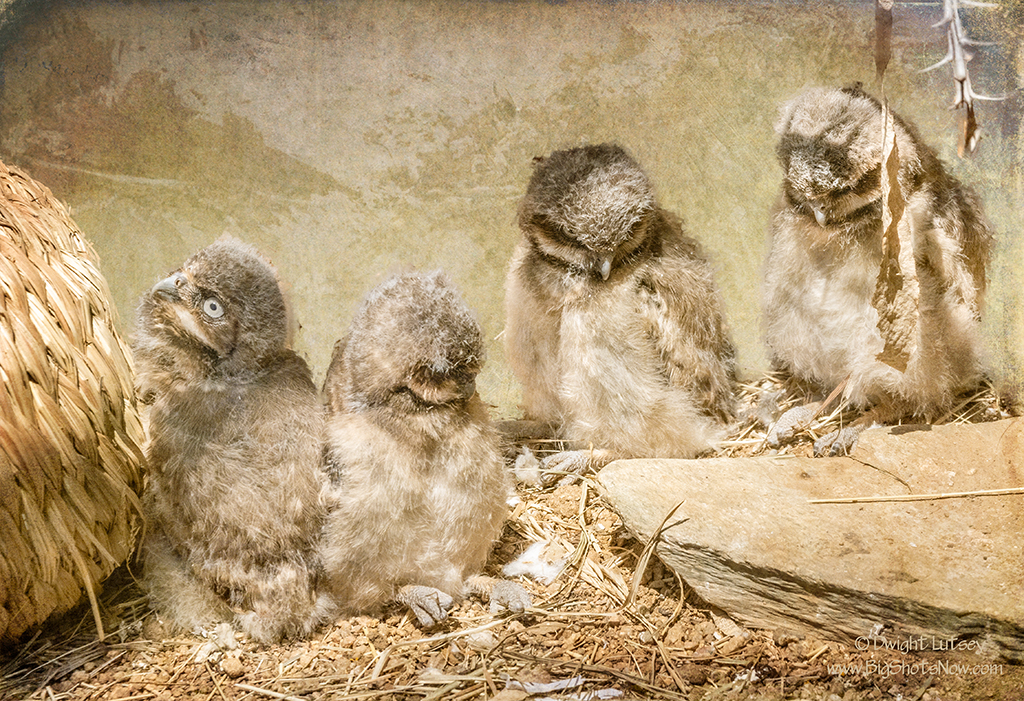
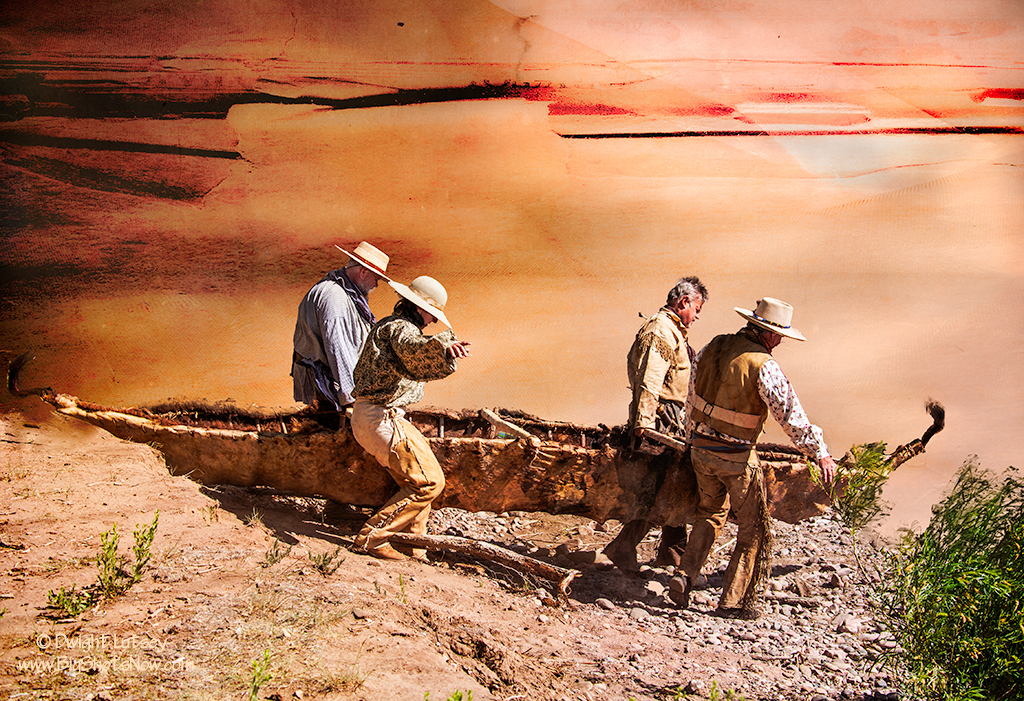
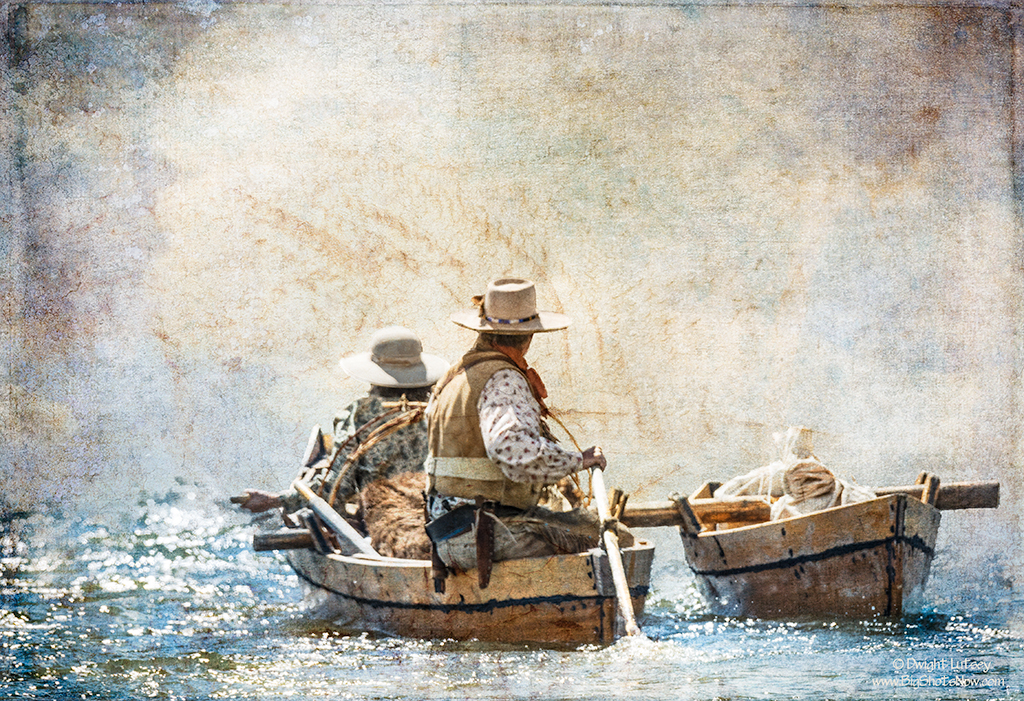
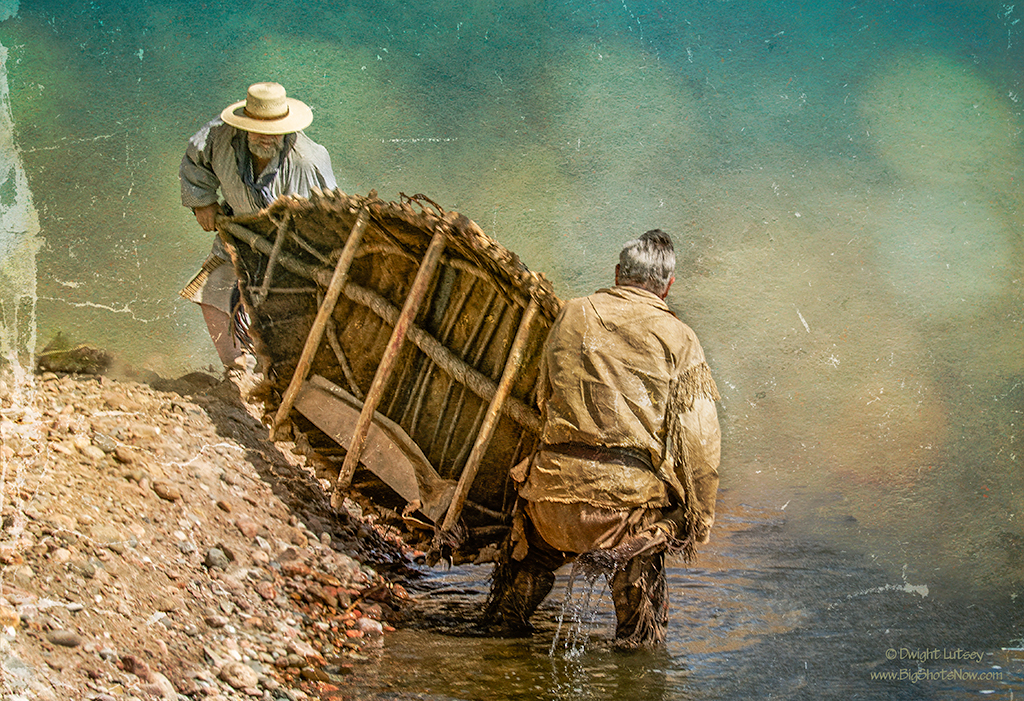
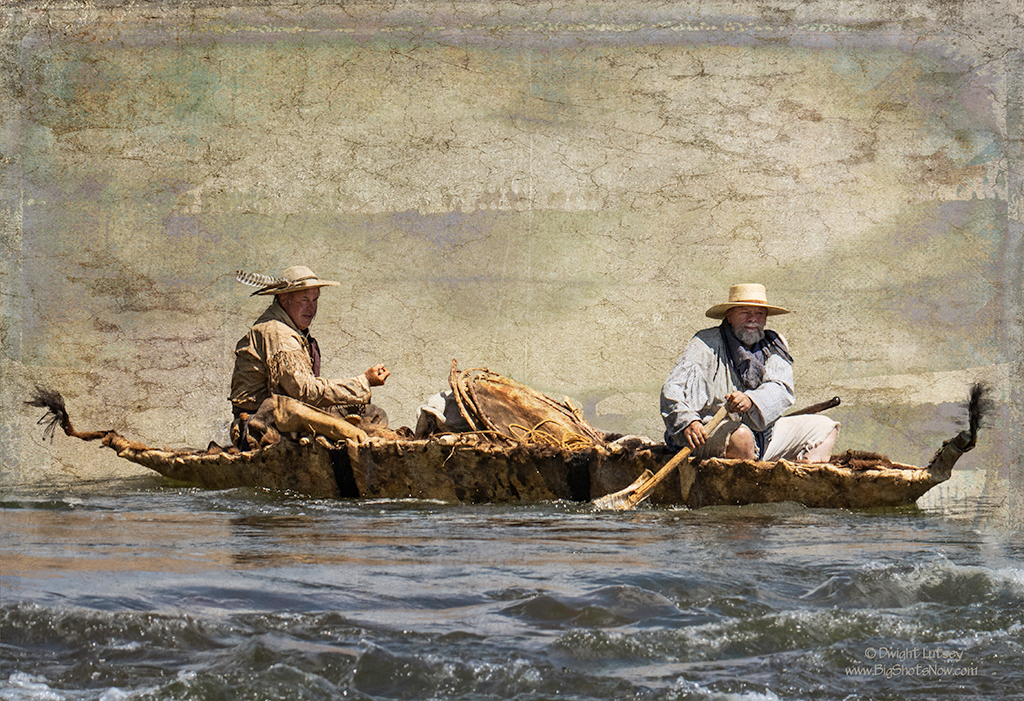
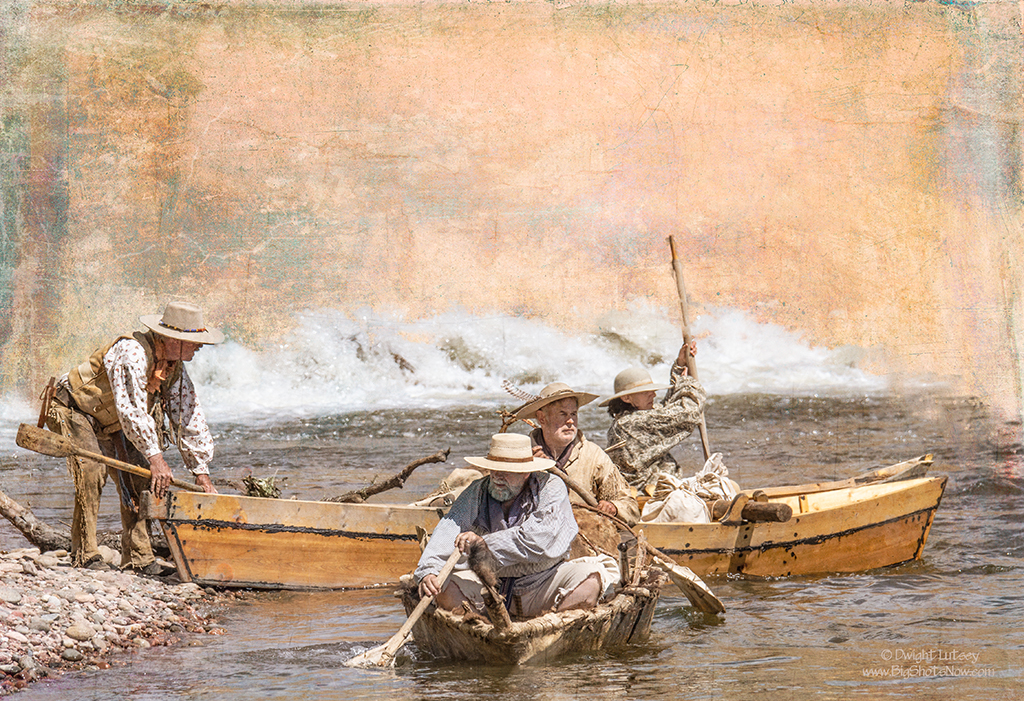
You must be logged in to post a comment.